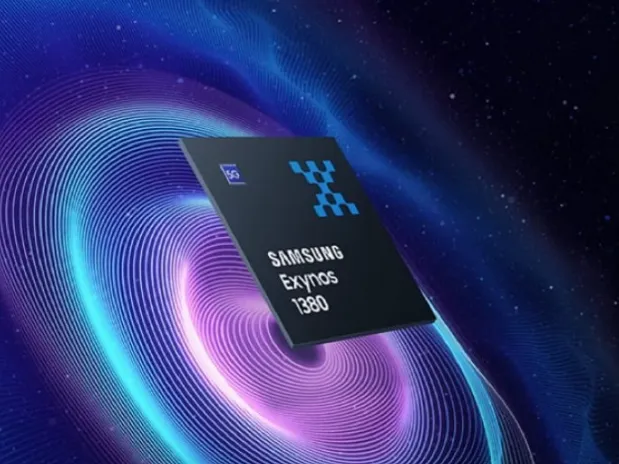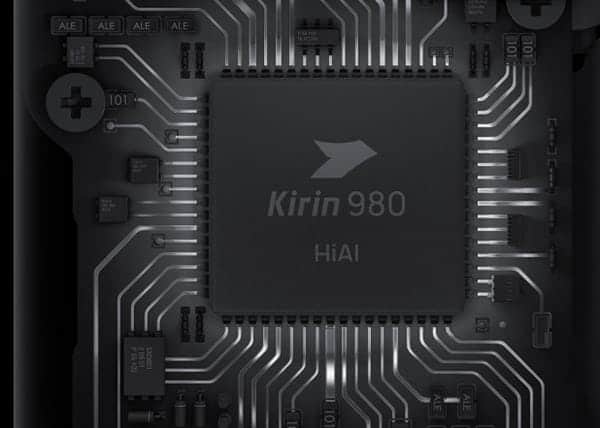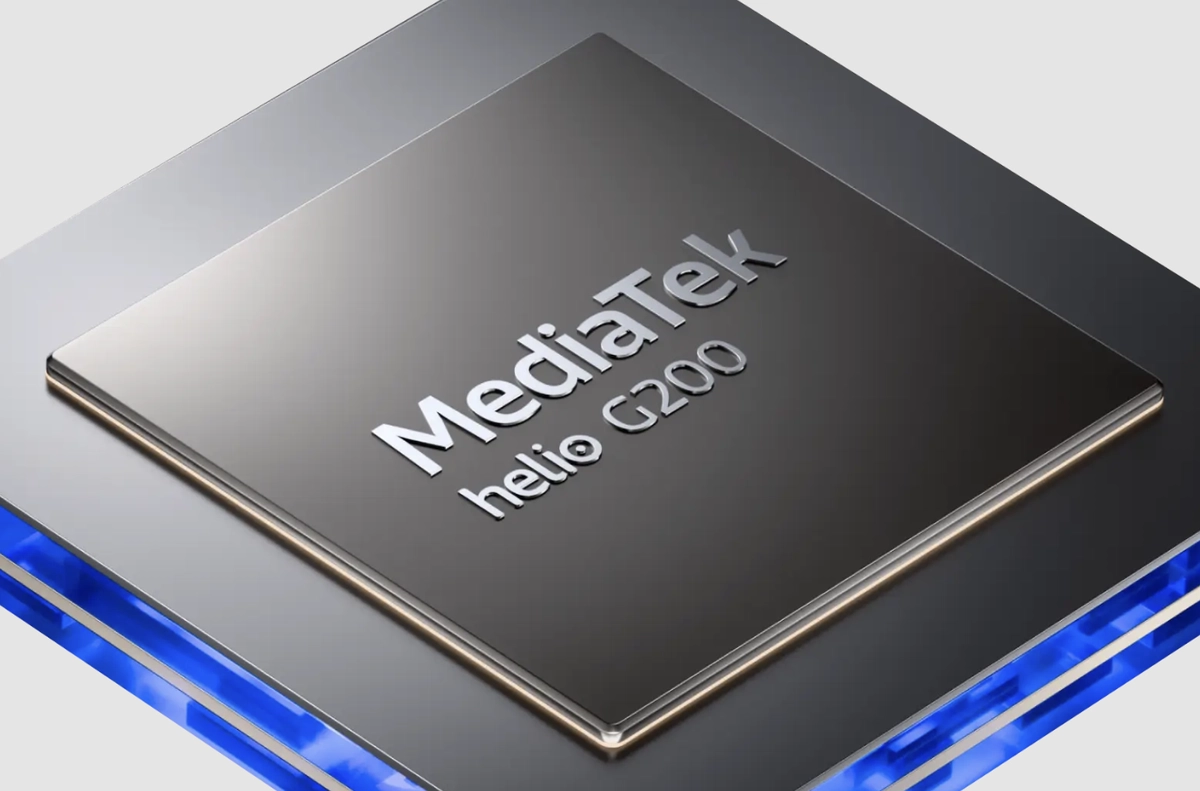6 Chipsets Similar to UNISOC T820
UNISOC chipsets are usually found in the entry-level segment with limited capabilities. However, the UNISOC T820 is different. It offers much more powerful performance. In fact, this chipset is designed for mid-range phones that demand both good performance and power efficiency.
Even so, the UNISOC T820 handles these tasks with ease. One of the interesting things about this chipset is that it supports 5G connectivity. It also integrates the Makalu IVY510 modem to boost internet speed.
In terms of performance, the UNISOC T820 comes with eight CPU cores divided into three clusters. The first cluster consists of one Cortex-A76 core (2.7 GHz) as the main source of performance. The second cluster contains three Cortex-A76 cores with a lower frequency of 2.3 GHz.
Finally, the third cluster contains four Cortex-A55 cores (2.1 GHz) for power efficiency. This chipset is also manufactured using a modern 6nm process. For graphics processing, it relies on the Mali-G57 MP4 (780 MHz), which uses the first-generation Valhall architecture.
For multitasking, the UNISOC T820 supports LPDDR4x memory. This type of memory has a frequency of 2133 MHz with a maximum bandwidth of 17.07 Gbit/s.
Furthermore, the UNISOC T820 has interesting ISP (Image Signal Processor) and multimedia capabilities, starting with display resolution support of up to 3440 x 1440 pixels, 108 MP camera resolution, and 4K video recording at 60 fps.
The benchmark scores achieved by the UNISOC T820 are also interesting. On AnTuTu v10, it is able to reach a score of 489,852. On GeekBench 6, it scores 766 for single-core and 2306 for multi-core.
Well, after knowing more or less about the UNISOC T820, here, we will review a list of chipsets similar to it.
For the record, the UNISOC T820 was rebranded as the UNISOC T9100 in 2025 without any changes to its specifications. Therefore, the discussion of the UNISOC T820 in this article also automatically represents the UNISOC T9100.
1. Exynos 1380

The first chipset considered equivalent to the UNISOC T820 is the Exynos 1380. This chipset is built with a 5nm fabrication process and is powered by eight CPU cores consisting of four Cortex-A78 cores (2.4 GHz) and four Cortex-A55 cores (2 GHz).
In addition, the Exynos 1380 is supported by the Mali-G68 MP5 GPU with a frequency of 950 MHz for graphics processing. Interestingly, this chipset also supports faster LPDDR5 memory with a frequency of 3200 MHz. In fact, its maximum bandwidth reaches 51.2 Gbit/s.
For multimedia, the Exynos 1380 uses an ISP that supports displays up to 2960 x 1440 pixels with a refresh rate of 120 Hz. As for camera resolution, it supports up to 200 MP with 4K 30 fps video recording.
The Exynos 1380 achieves an AnTuTu v10 score of 585,285. On GeekBench 6, it scores 1006 for single-core and 2785 for multi-core. Meanwhile, on 3DMark Wild Life, it scores 2819.
2. Dimensity 1080

Dimensity 1080 comes with eight CPU cores. It consists of two Cortex-A78 cores (2.6 GHz) for performance and six Cortex-A55 cores (2 GHz) for efficiency. In addition, it is supported by a Mali-G68 MP4 GPU running at 800 MHz.
For multitasking, this 6nm chipset already supports LPDDR5 memory. This type of memory allows faster read and write speeds with a frequency of 3200 MHz. Moreover, it is equipped with 5G connectivity, which makes it even faster.
In terms of multimedia needs, the Dimensity 1080 uses the MediaTek APU 3.0 ISP. This ISP supports displays up to 2520 x 1080 pixels with a 120 Hz refresh rate, a 200 MP camera, and 4K video recording at 30 fps.
3. Snapdragon 695

Next chipset is Snapdragon 695. It's built on a 6nm process and has eight CPU cores consisting of two Cortex-A78–based Kryo 660 Gold cores (2.2 GHz) and six Cortex-A55–based Kryo 660 Silver cores (1.8 GHz).
It is also supported by the Adreno 619 GPU running at 950 MHz. For multitasking, this chipset supports LPDDR4x memory (2133 MHz) with a maximum bandwidth of 17 Gbit/s. Performance is further enhanced with 5G connectivity using the Snapdragon X51 modem.
In addition, the Snapdragon 695 uses the Hexagon 686 ISP, which supports displays up to 2520 x 1080 pixels with a 120 Hz refresh rate. Camera capabilities include up to 108 MP resolution and 1080p video recording at 60 fps.
The Snapdragon 695 achieves an AnTuTu v10 score of 445,503. On GeekBench 6, it scores 916 for single-core and 2145 for multi-core. Meanwhile, on 3DMark Wild Life, it reaches 1201.
4. Helio G99

Helio G99 is one of the most powerful chipsets in the mid-range class. Interestingly, the UNISOC T820 is positioned to take over that role in its segment. This 6nm chipset is powered by eight CPU cores consisting of two Cortex-A76 cores (2.2 GHz) and six Cortex-A55 cores (2 GHz).
For graphics, it relies on the Mali-G57 MP2 GPU running at 1100 MHz. In terms of multimedia, the Helio G99 supports displays up to 2520 x 1080 pixels with a 120 Hz refresh rate. Its maximum camera resolution reaches 108 MP, while video recording is limited to 2K at 30 fps.
Unfortunately, this chipset does not support 5G connectivity and still relies only on 4G LTE networks. As a result, download speeds are capped at 650 Mbps. However, for multitasking, the Helio G99 supports LPDDR4x memory with a maximum bandwidth of 17.1 Gbit/s.
The Helio G99 manages to achieve an AnTuTu v10 score of 415,167. On GeekBench 6, it scores 733 for single-core and 1994 for multi-core. Its graphics performance on 3DMark Wild Life reaches 1243.
5. Kirin 980

Kirin 980 is another chipset that can still be considered similar to the UNISOC T820. Built on a 7nm process, it has eight CPU cores divided into three clusters. The first cluster consists of two Cortex-A76 cores (2.6 GHz) as the main source of performance.
The second cluster contains two Cortex-A76 cores (1.92 GHz) for performance and four Cortex-A55 cores (1.8 GHz) for efficiency. For graphics, this chipset uses the Mali-G76 MP10 GPU running at 720 MHz.
Unfortunately, Kirin 980 does not support 5G connectivity and still relies on LTE/4G networks. Even so, multitasking is supported by LPDDR4x memory running at 2133 MHz, with bandwidth reaching 34.1 Gbit/s.
For multimedia, Kirin 980’s ISP supports display resolutions up to 3120 x 1440 pixels. It also supports up to 48 MP camera resolution and 4K video recording at 30 fps.
Kirin 980 achieves an AnTuTu v10 score of up to 583,410. On GeekBench 6, it scores 835 for single-core and 2132 for multi-core. On 3DMark Wild Life, it scores 2490.
6. Helio G200

MediaTek Helio G200 is a mid-range chipset focused on gaming. It delivers solid performance for budget gaming phones, with an AnTuTu v10 score of around 457k and GeekBench 6 scores of 738 (single-core) and 2011 (multi-core).
Like the UNISOC T820, the Helio G200 is built on TSMC’s 6nm process and features an octa-core CPU based on Cortex-A76 and Cortex-A55. Both chipsets also support LPDDR4x RAM, FHD+ 120 Hz displays, and Wi-Fi 5.
However, the Helio G200 uses a CPU configuration of 2× Cortex-A76 at 2.2 GHz and 6× Cortex-A55 at 2.0 GHz, which makes its performance lower than the UNISOC T820. It also relies on the Mali-G57 MC2 GPU, which is less powerful than the Mali-G57 MC4 GPU on the UNISOC T820.
In addition, the Helio G200 only supports 4G LTE networks and video recording up to 2K at 30 fps. Its storage support is also behind, limited to UFS 2.2 compared to the faster storage options supported by the UNISOC T820.
Interestingly, the Helio G200 does have an advantage in Bluetooth connectivity. It already supports Bluetooth 5.2, while the UNISOC T820 is limited to Bluetooth 5.0.
Well, that’s a list of chipsets that can be considered equivalent to or in the same range as the UNISOC T820. Each chipset has its own strengths and weaknesses, depending on the intended use.
However, whether a smartphone is actually good is not determined by its chipset alone. There are still many other factors that affect its overall value. In your opinion, which chipset is the closest rival to the UNISOC T820?
